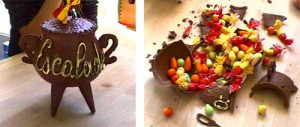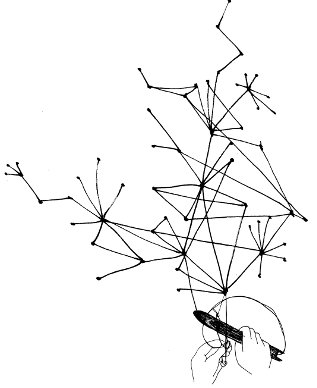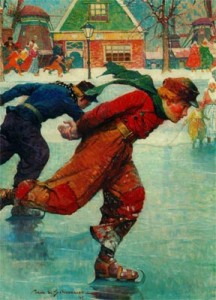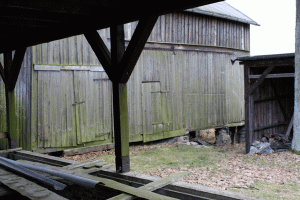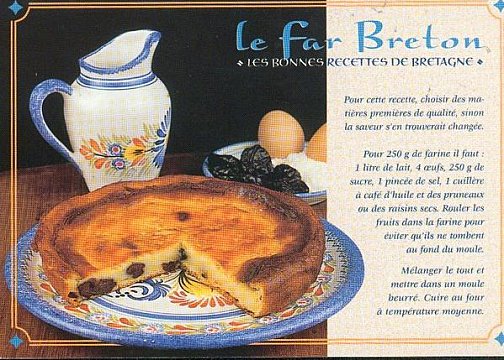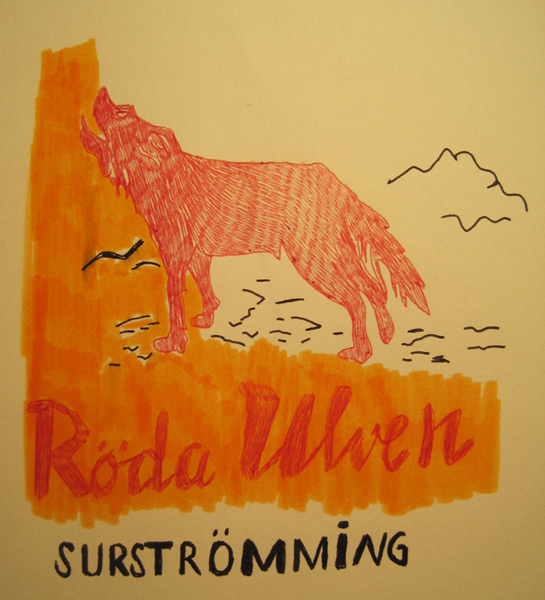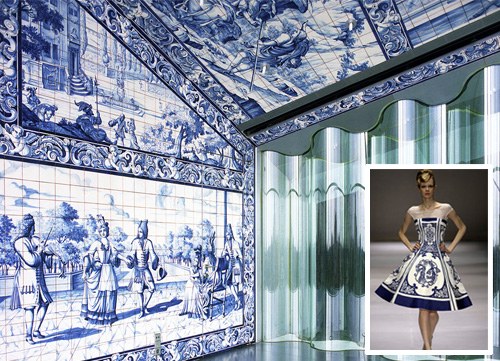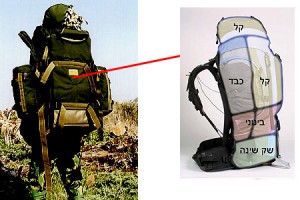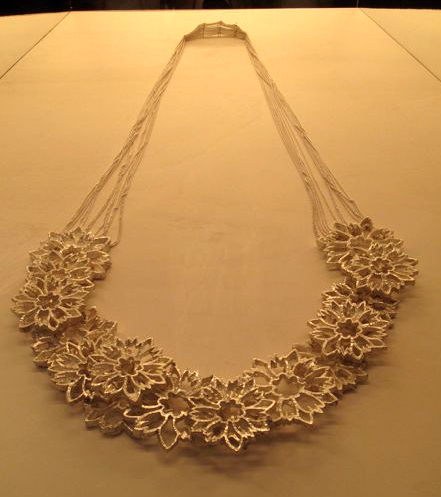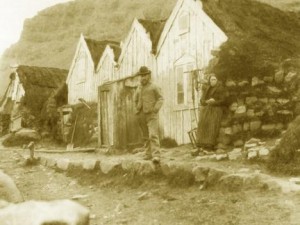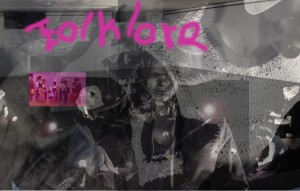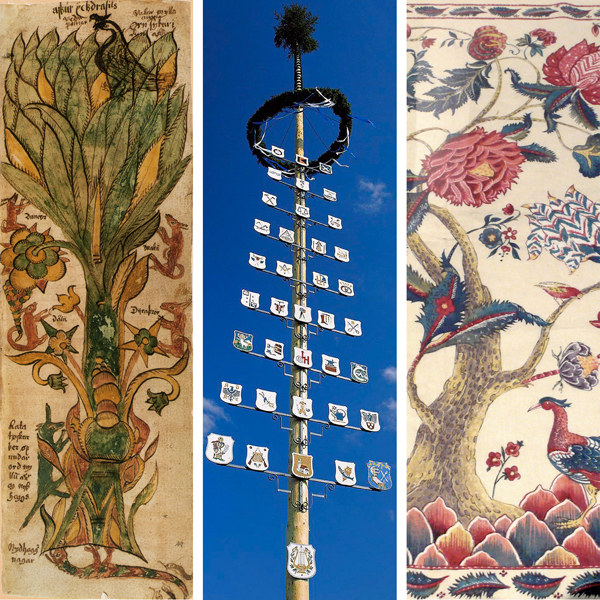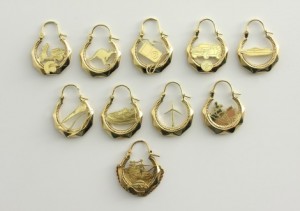The mountain of porcelain in the first hall of the museum can connect on many point to an event in Geneva : ” L’escalade ” (the climbing)
This invading of broken objects refers to the invasion from the Savoy.
During the longest and darkest night of the year, soldiers invaded the city.
But Geneva defended itself and ” La mère royaume ” (the kingdom mother), was making a big hot soup, and topple it on the enemies. First the cauldron was an everyday object and now it is the symbol of popular resistance and independence in our collective memory.
Each year, chocolate maker and supermarket make thousands chocolate cauldrons with sugar vegetables in it.
The tradition wants the oldest and the youngest to break the cauldron and say « this is how died enemies of the republic ». Then you eat all broken pieces of chocolate.
The other point of the porcelain mountain was the aspect of mass consumption, wich can be connected to the moutain of chocolate cauldron in the shops a few weeks before the events. And the part that you create something, eat it, and re start one year after, and again and again.
